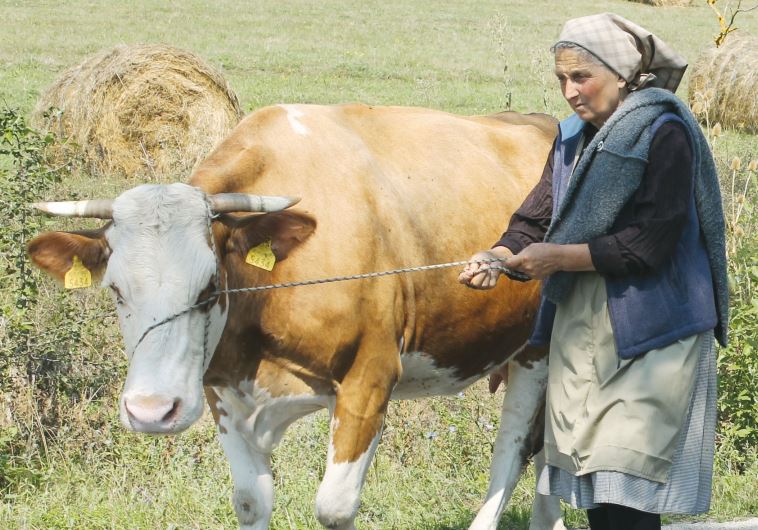Rustic Romania
"All the stories we had heard about simple farming folk getting around with horse-drawn carts turned out to be absolutely spot on."
 The old rural way of life persists in many parts of Romania(photo credit: BARRY DAVIS)Updated: Read More
The old rural way of life persists in many parts of Romania(photo credit: BARRY DAVIS)Updated: Read More